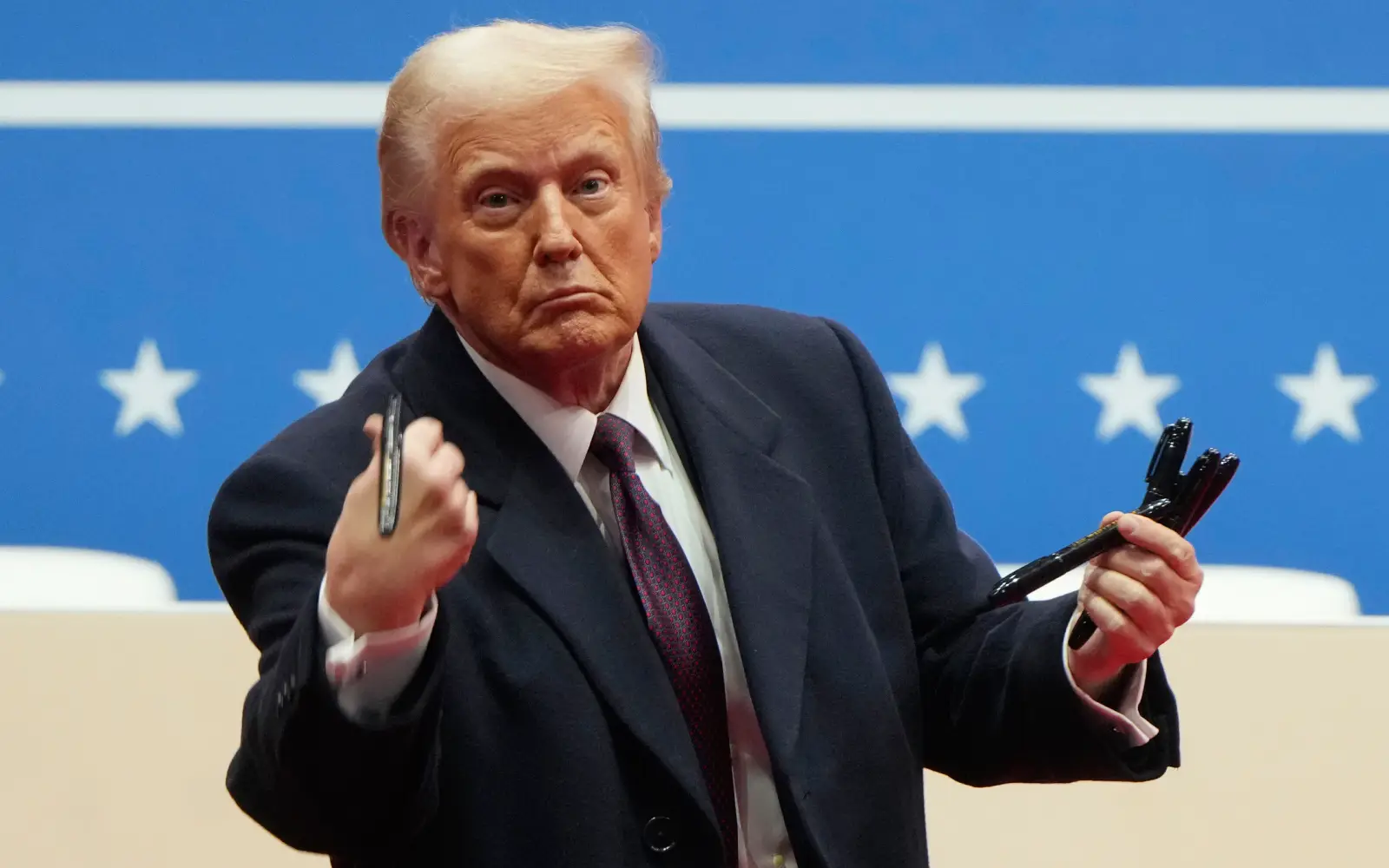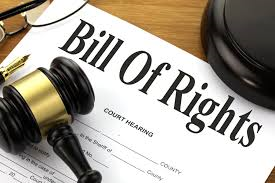On Day One, the 47th President of the United States got busy. Throughout Inauguration Day on January 20th, Donald Trump signed a slew of executive orders, memorandums, and proclamations. According to the White House, 46 total items were signed by the president, including many promises made by the president to get accomplished on Day One. Much of the following information comes from the Time Magazine article “Breaking Down All of Trump’s Day 1 Presidential Actions” and can be verified using the links to the White House website. Now, Cardinal Nation breaks down and organizes each of the items signed by President Trump on one of the most eventful Day Ones in United States history.
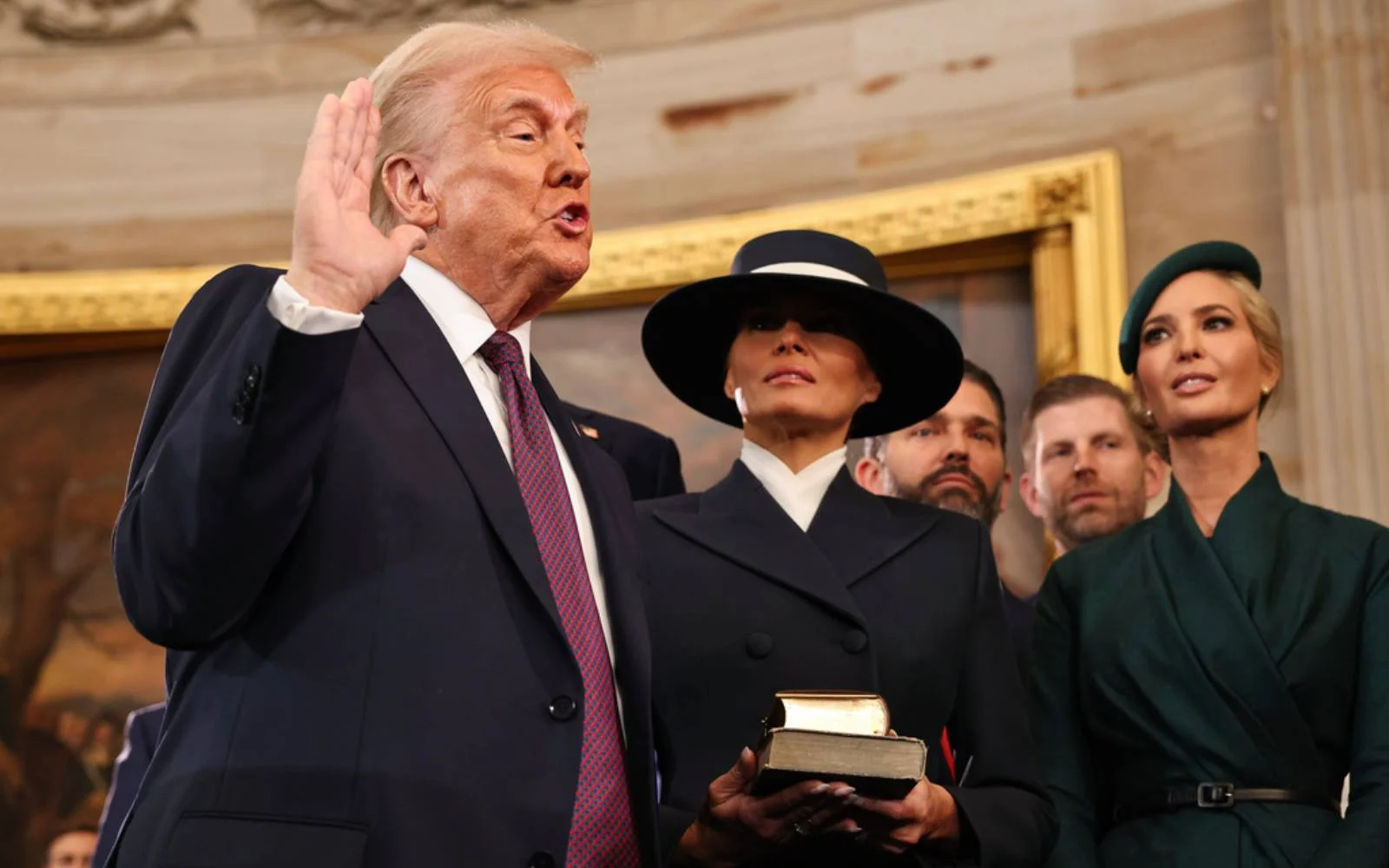
Social
Trump ordered that flags be flown at full staff on all inauguration days in response to the flag currently flying at half staff due to former President Jimmy Carter’s passing. Following the inauguration, the flags were ordered to be lowered once more, but the proclamation set a major president for future inaugurations. Trump had initially ordered the flags lowered after voicing displeasure at the image created by a half-staff flag at a presidential inauguration.
Trump revoked 78 Biden-era executive orders containing diversity, equity, and inclusion (DEI) and climate actions.
Trump ordered the Attorney General to investigate potential disinformation and misinformation from the Biden administration’s federal policy over the past four years.
Trump pardoned over 1500 criminally convicted January 6th individuals and ordered the dismissal of all pending indictments except for 14 cases.
Trump delayed the US. TikTok ban for an additional 75 days to make way for further negotiations.
Trump instructed the Attorney General to pursue a great use of the death penalty for capital crimes and encouraged the death penalty for applicable cases. He claimed he would ensure that the states have a “sufficient supply” of lethal injection drugs.
Trump outlined the federal definitions of gender and currently seeks the removal of sections of federal policy including gender identity. This order also included directions for prisons, with Trump ordering jailed trans men and women to be placed in prison with their biological gender. The order also rolls back some Biden-era transgender protections under Title IX.
Trump pardoned Ross Ulbricht, the owner of the dark web drug trafficking site “Silk Road,” claiming that the government had overstepped its boundaries. Ulbricht was originally sentenced to life in prison in 2015 (Axios, Trump Pardons Silk Road).
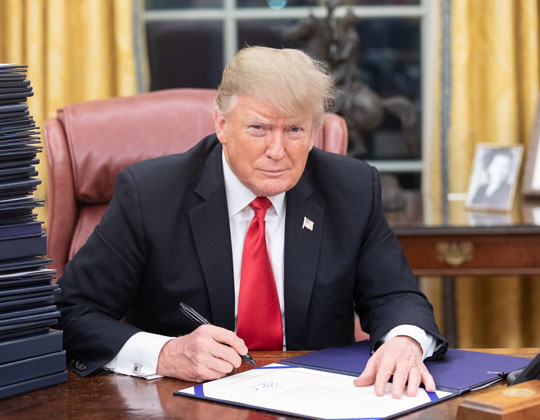
Governmental
Trump directed the Attorney General to “take appropriate action to correct” certain “politically motivated” law enforcement actions of the Department of Justice, Securities and Exchange Commission, and Federal Trade Commission.
Trump ordered all federal employees of the executive branch to cease remote work and return to the office with in-person work.
Trump ordered executive branch departments not to propose rules or directives unless a department head had approved them.
Trump halted all governmental hiring procedures except for the military and positions dealing with immigration, national, and public security. Further, the same order asked the Director of Management and Budget to propose a budget plan within 90 days aiming to reduce the size of the federal government.
Trump ordered departments and agencies to consider relief measures to quickly lower the costs of housing, health care, food, and fuel, though he has not concretely outlined specific plans.
Trump instituted the policies of Schedule F, which makes the firing of government employees easier if the president deems that the official is not executing their work to their highest ability.
Trump revoked the security clearances of nearly 50 former intelligence officials, citing national security concerns.
Trump called for future federal public buildings to be built in a style respecting “traditional” architecture.
Trump ordered the reassignment or replacement of many senior executive officials to implement the Trump agenda better, aiming to increase accountability in the process.
Trump renamed the U.S. Digital Service to the Department of Government Efficiency (DOGE), aiming to increase government productivity. This decision has already sparked numerous lawsuits regarding the change and DOGE’s formation.
Trump called for the termination of DEI, accessibility, and environmental justice offices in the federal government.
Trump called for merit-based federal hiring, rather than considering other practices including race, sex, or religion in decision-making.
Trump declassified files relating to the assassinations of former President John F. Kennedy, Reverend Dr. Martin Luther King Jr., and Senator Robert Kennedy, to satisfy “national interest.”
Climate
Trump withdrew the United States from the landmark climate-based Paris Agreement, an action he took in his first term but was reversed by former President Biden.
Trump withdrew the United States from any international climate pacts and revoked US economic commitments toward climate change plans.
Trump revoked 12 Biden-era regulations for clean energy initiatives and ordered a review of burdensome activities on domestic energy sources like natural gas, coal, and nuclear energy.
Trump removed climate protections on California water and wildlife environments to help fight the raging wildfires.
Trump declared a national energy emergency to lower energy costs, aiming also to boost oil and natural gas production. He also ordered the review of environmental protections like the Endangered Species Act of 1973.
Trump paused certain wind energy projects, placing them in the process of review.
Trump reversed a number of Biden-era drilling and extraction protections in Alaska, promoting his “Drill, Baby, Drill” resource extraction policies.
Trump reversed Biden-era policies that potentially favored electric vehicles, pausing spending for all infrastructure related to electric vehicles.
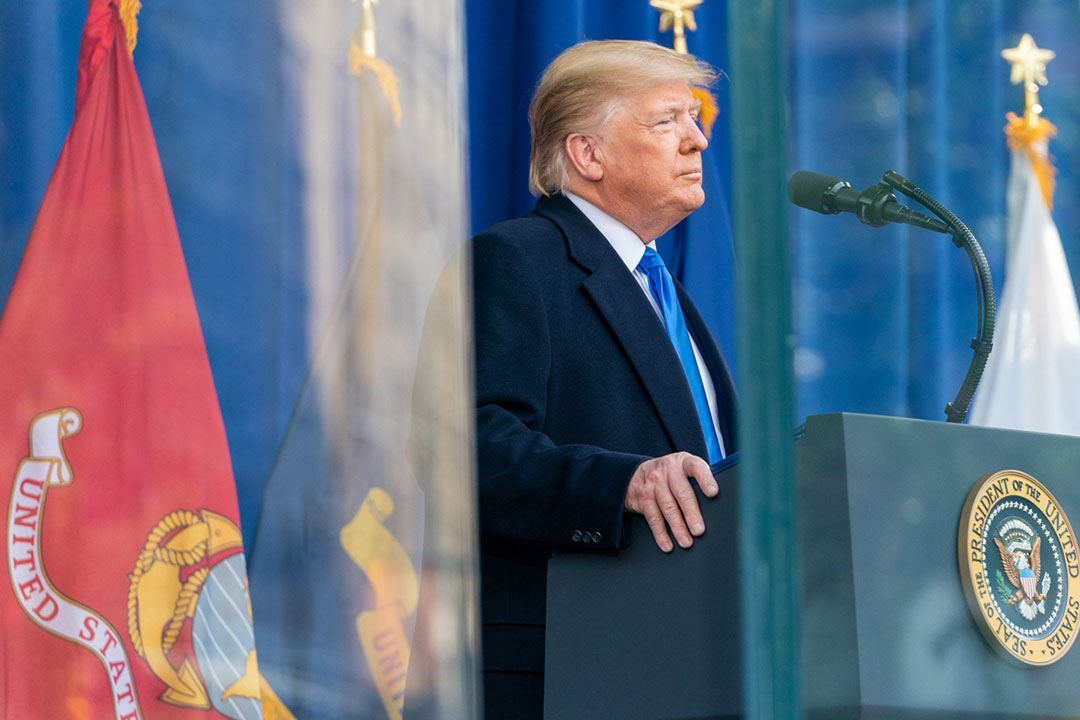
Foreign
Trump withdrew the United States from the climate pacts and agreements listed previously.
Trump also withdrew the United States from the World Health Organization, removing crucial funding.
Trump paused all US foreign aid for 90 days until they can be reviewed, but gave the Secretary of State the power to continue aid to certain regions if needed.
Trump pulled the US from the landmark global tax deal by the Organisation for Economic Co-operation and Development (OECD) which aimed to end competitive reductions of corporate tax rates.
Trump directed the Secretary of State to form an isolationist policy for the United States which aims to put “American First.”
Trump designated the Salvadorian MS-13 and Venezuelan Tren de Aragua drug cartels as foreign terrorist groups, enabling the government to prosecute those involved with the gangs as supporting terrorists.
Trump directed the Secretary of State to rename the current Gulf of Mexico to the Gulf of America. He also ordered the name of Mt. Denali in Alaska, originating from the native Alaskan tribes in the region, to be returned to Mt. McKinley.
Immigration
Trump declared the southern border a national emergency, allowing for additional resources to be placed at the border such as drones and barriers.
Trump authorized the US military to create troop deployment plans for the southern border.
Trump suspended the US Refugee Admissions Program.
Trump ordered an end to birthright citizenship for persons whose parents were not born in the US or are not lawful citizens. This action opposes the constitutional 14th Amendment, meaning three-fourths of the states would need to approve a future change.
Trump revoked Biden-era immigration policies, replacing them with many of his policies from his first term in office including law regarding the building of the border wall and the forcing of asylum seekers to wait on their cases outside the border.
Trump terminated the CBP One app which allowed immigrants to schedule meetings for legal entry. The same order also ends catch-and-release practices in favor of detentions for illegal immigrants.
Trump called for the charging and deportation of anyone violating immigration laws, not just those charged with serious offenses.
Trump terminated a Biden program to allow special visa entry for Cuban, Haitian, Nicaraguan, and Venezuelan immigrants.
Trump restricted federal funding for sanctuary jurisdictions, favoring the formation of more detention centers. The order also includes the establishment of a Homeland Security task force in each state to effectively curb illegal immigration.
Trump intensified vetting and screening of visa-seekers, especially individuals traveling from nations labeled as security risks.
Trump declared that the US faces an “invasion” from the migrant crisis. As such, Trump suspended entry by “any alien” crossing the southern border and further urged the government to take all applicable action to repel the “invasion.”
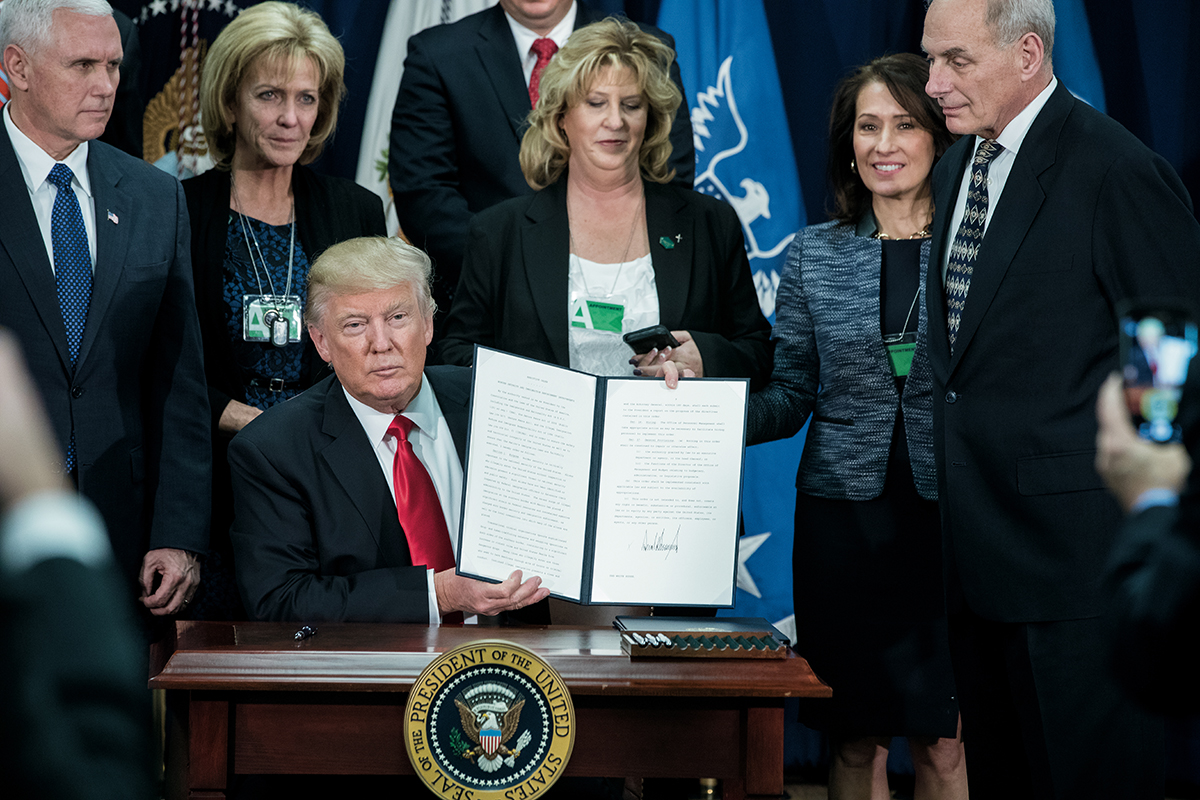
What’s the Impact?
For citizens across the nation, these executive actions bring sweeping changes to daily lives. For illegal immigrants, crackdowns by law enforcement have drastically ramped up, with U.S. Immigrations and Customs Enforcement reporting a daily average of 710 arrests. Moreover, Trump’s termination of the CBP One app, which allowed over 1 million legal entries from Mexico, and special visas for certain South American nations, allowing more than 500,000 immigrants to legally enter the US, means a stop on many legal routes for immigrants to consider, with many predicting an increase in illegal entry attempts as a result (AP News, What has Changed with Immigration Under Trump).
For government employees, the elimination of DEI work practices and the threat of termination of employment under Schedule F have begun creating “a very toxic workplace” in federal offices (Northern Virginia Magazine, What Federal Workers Should Know).
For the common taxpayer, cuts to federal spending can mean lower tax rates in the future. Still, a ramp-up in immigration crackdown means additional spending in law enforcement and immigrant detention, requiring funding that the government does not currently possess. The hiring and training of immigration officers present infrastructure challenges to the nation, which could take years to set in motion and complete, requiring likely billions of taxpayer dollars. Still, Trump has repeated his sentiments on the cost, stating on one occasion that “It’s not a question of a price tag. It’s not — really, we have no choice” (NBC News, Meet the Press). Still, small businesses could see breaks in taxes and Trump has raised future considerations about increasing or eliminating the state and local tax deduction limits, allowing taxpayers to claim a higher amount on their annual reports. Other future endeavors for Trump include a reduction or elimination of taxes on tips, and social security for seniors, and US citizens overseas (Bankrate, Trump’s Back in Office).
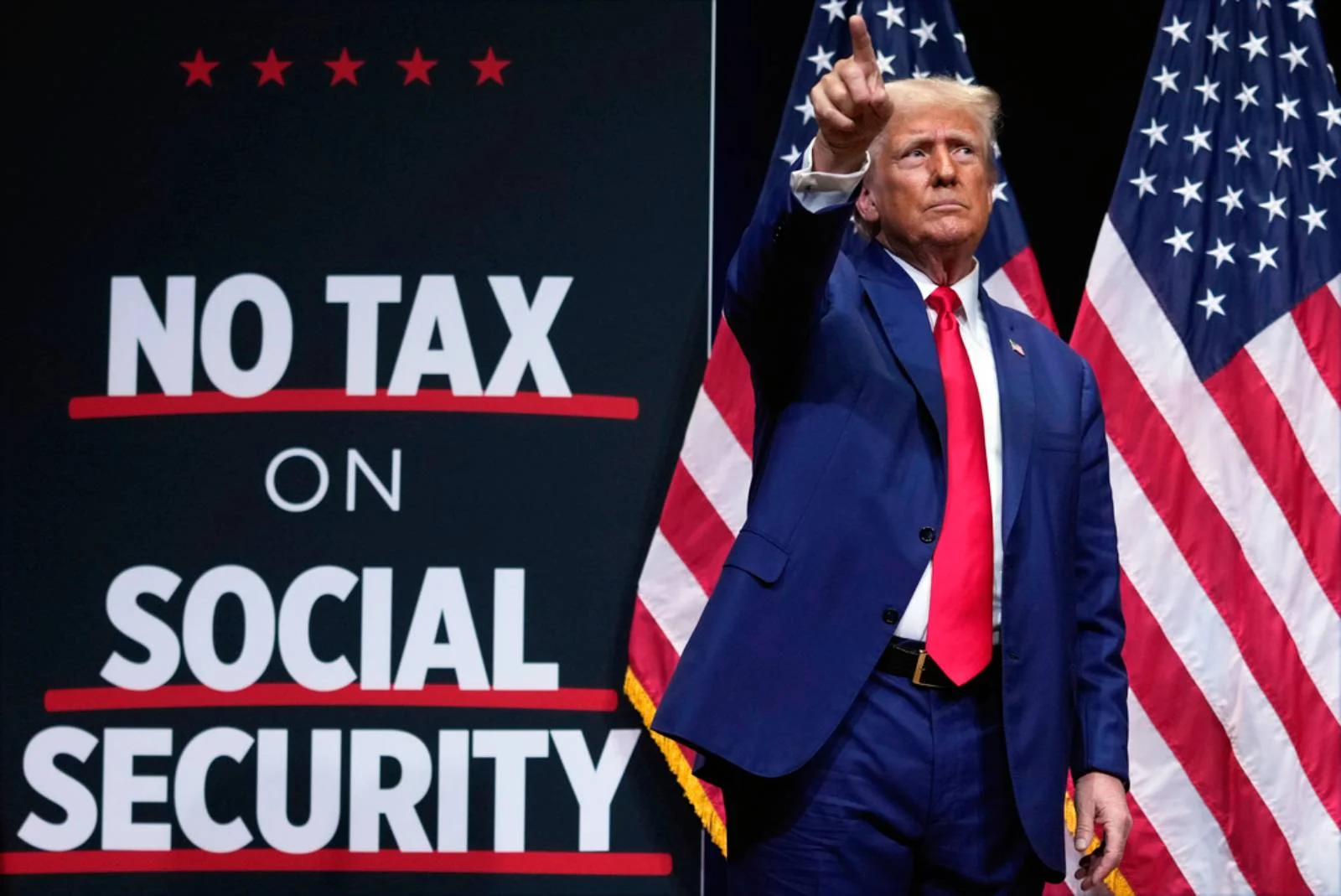
What’s Next?
Though President Trump was able to accomplish many of his Day One goals, many topics still remain to be covered. Namely, the war in Ukraine was a major item that Trump claimed on 33 separate occasions would end on his first day in office, but it has yet to be accomplished (Axios, Trump’s First Day). Further, taxation on certain nations like Mexico and Canada has yet to be announced, which Trump has previously seemed passionate about (BBC News, What Trump Could Do) (Axios, Trump Sticks by Tariff). However, Trump said that action could come as soon as February 1st (BBC News, What Trump has Done). Trump has also discussed his support for automotive workers, claiming he will fuel production with American resources (NBC News, Trump Checks Off).
With much more to be done, the nation watches as President Trump tries his hand a second time, looking to shape the United States into the world’s greatest global power under his direction.

